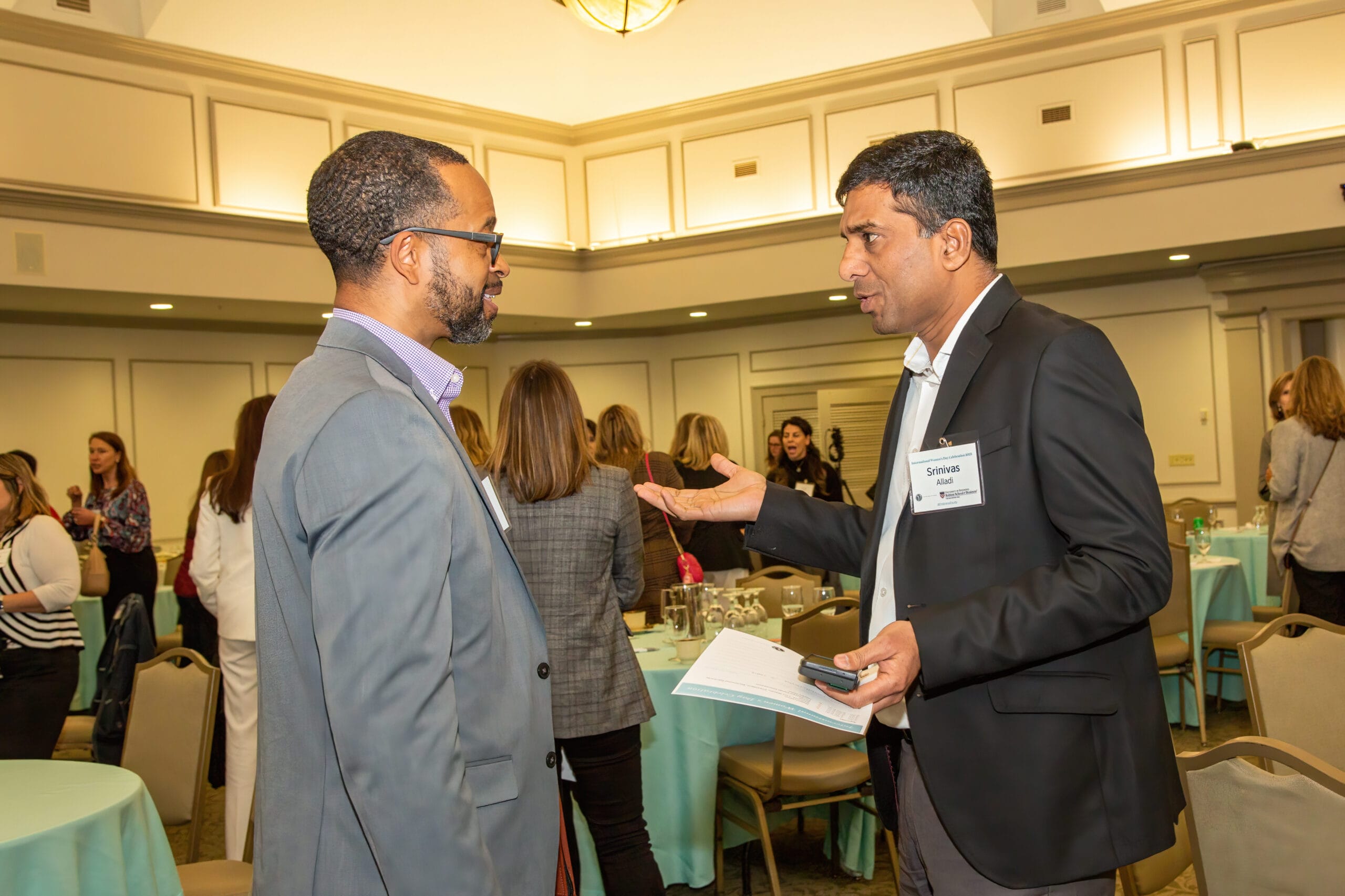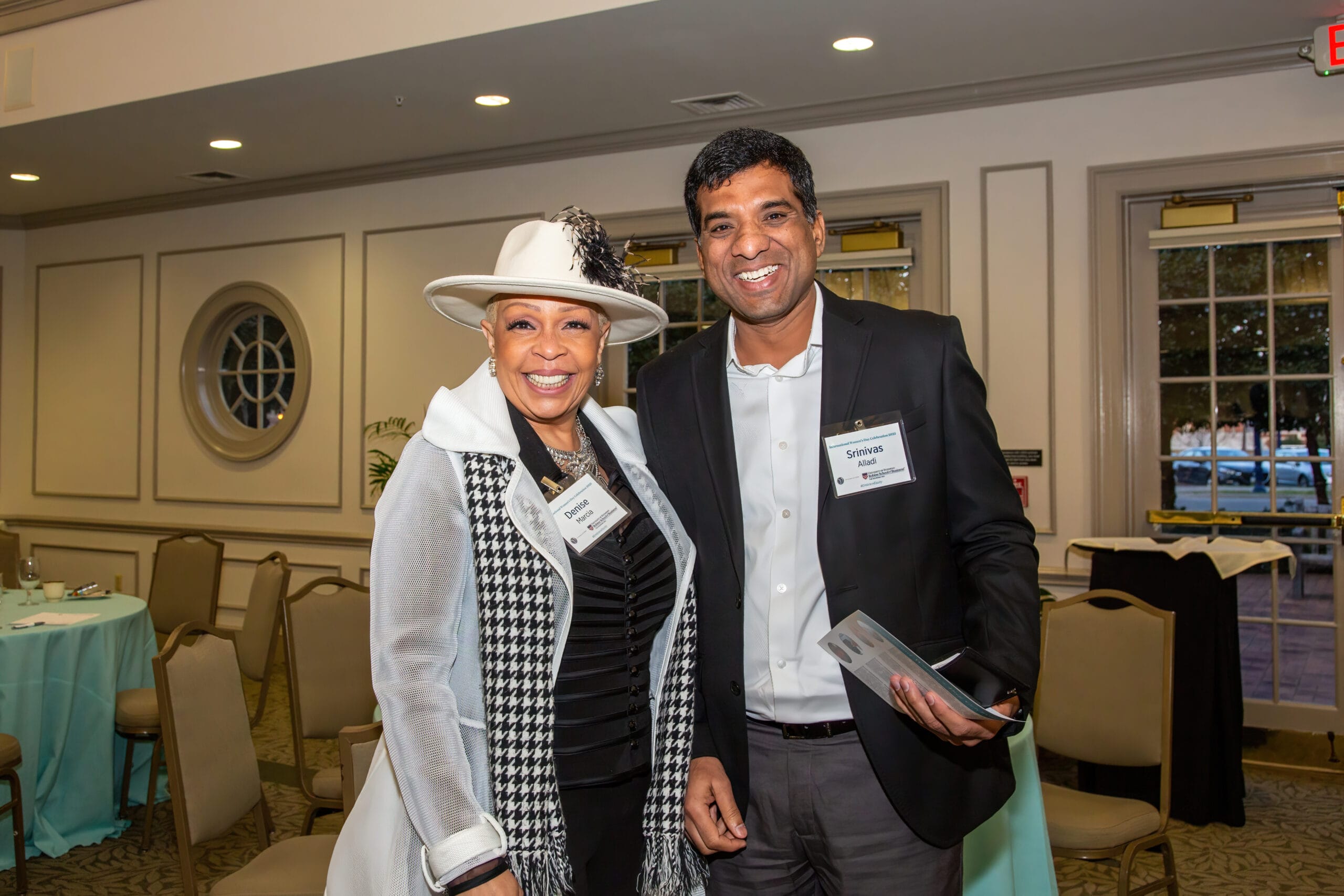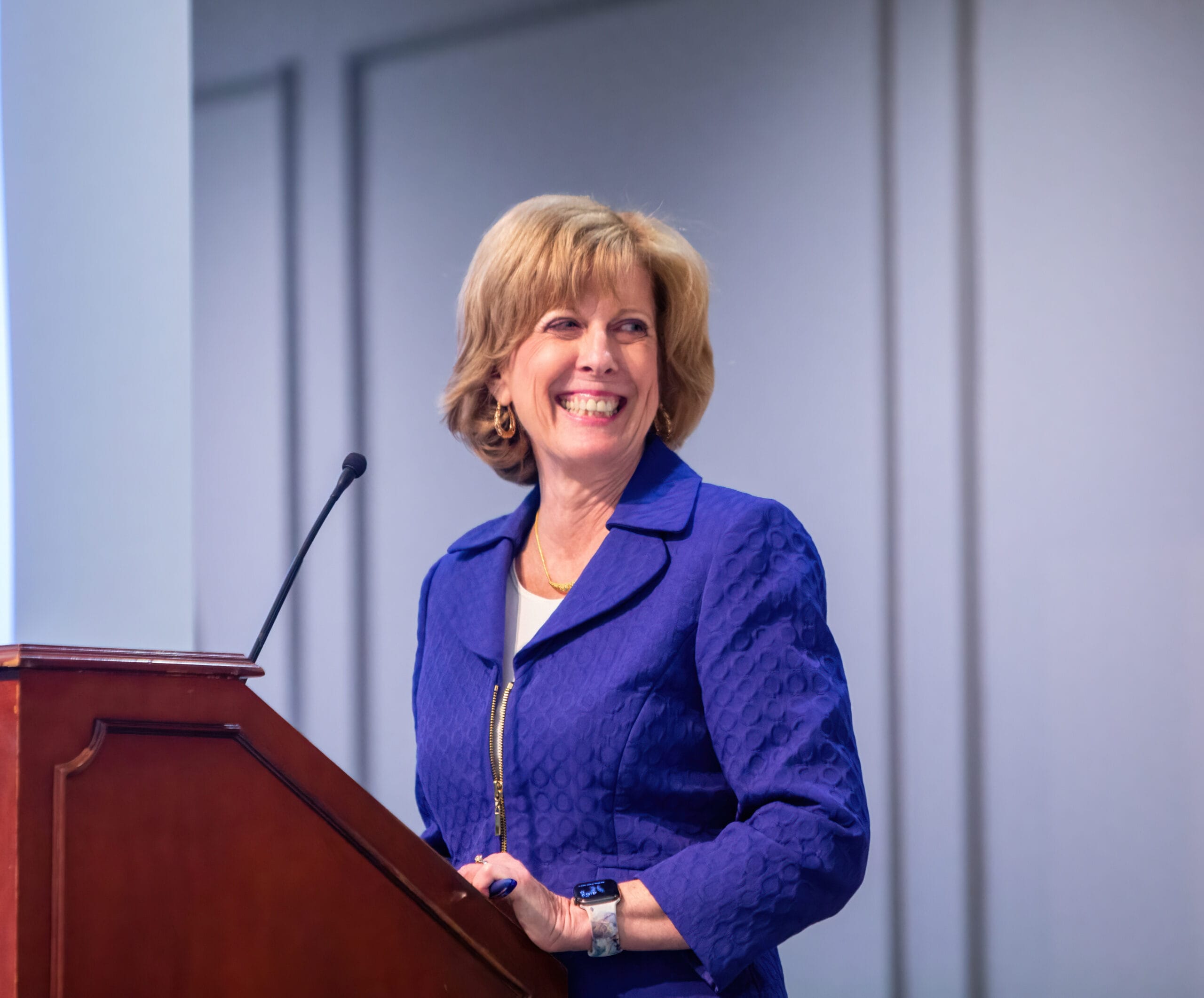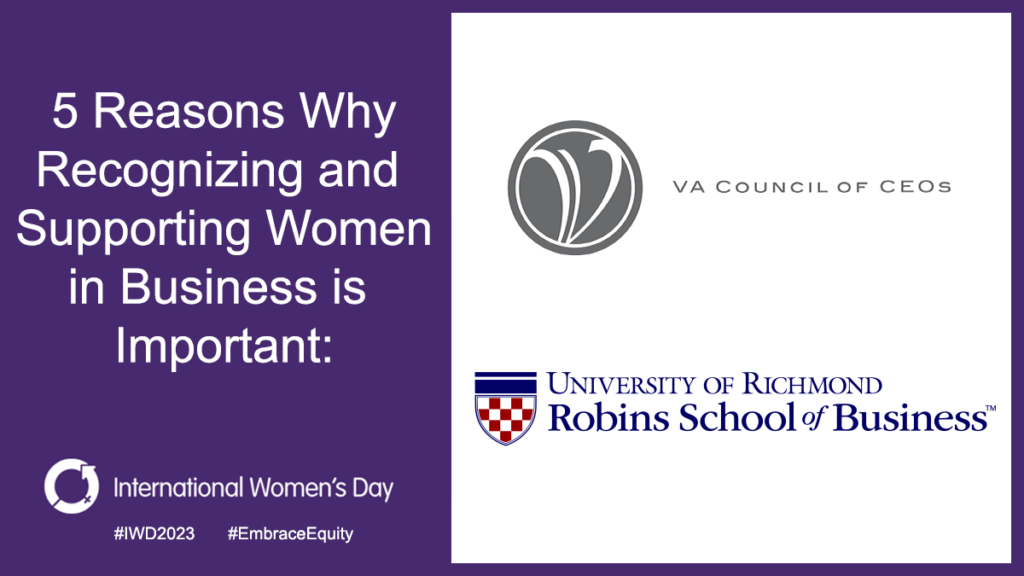Roundtable or Forum. What’s the difference?

At Virginia Council of CEOs, we have two kinds of peer groups for CEOs of small and mid-sized companies.
Every CEO who joins the Council is placed into either a CEO Roundtable or a CEO Forum.
Generally, CEOs of larger, more complex organizations gravitate toward Forums. Here are some other differences.
- Forums meet every other month for 6 to 8 hours. Roundtables meet monthly for 4 hours.
- Forums are professionally facilitated. Roundtables are self-led by the members.
- Dues for Roundtable participants are about half that of Forum members.
In either kind of group, 8 to 10 CEOs meet regularly in a confidential environment to share their challenges and opportunities. They use a structured process to share issues and learn from one another’s experiences. And, every roundtable and forum holds their own annual retreat – a couple of days away to bond and grow.
Of course, all members benefit from our programs like Spring Retreat, Fall Leaders Conference, and other events. And they have access to a network of 275 members and sponsors.
Which group is right for you? It’s a conversation we have as you explore joining the Council. Let’s talk!
Embracing Equity at the 2023 International Women’s Day Event
Earlier this month, VACEOs and The Richmond MBA partnered to recognize International Women’s Day. Richmond Raceway President Laurie Waran gave the keynote, and our own Executive Director Scot McRoberts led a panel discussing how organizations can “embrace equity.” Panel participants included Waran, Sara Colunga Quigley with Altria, and Darius Johnson of Dominion Energy.
Why? Embracing equity is increasingly a business imperative to ensure a talented workforce. Retooling how you give feedback, describe job openings, make promotion decisions, and support caregivers are equitable strategies to help you attract and promote more women in your organization. Learn more about how your organization can embrace equity here.













Capstone Projects Move Businesses Forward

The Richmond MBA Capstone is a pro-bono, high-level, confidential consulting project that addresses a strategic question facing your organization.
Are you searching for an answer to a challenging business question? Is there a strategic challenge facing your organization that worries you? Could your organization benefit from the work of two MBA students focusing on that strategic challenge for you? If so, the Capstone is for you!
Under the supervision of a faculty advisor, MBA students research your issue, gather pertinent data, conduct an in-depth analysis, then provide you with recommendations and an implementation plan for moving forward.
Through the Capstone, we have worked with more than twenty-five VACEOs organizations, and I am seeking twenty new Capstone challenges for the 2023-2024 academic year. We love to work with VACEOs companies through the Capstone process.
More than six-hundred organizations worldwide – from corporate headquarters to local franchises and entrepreneurial ventures – have benefited from a Capstone. Sample projects include helping organizations develop strategies to increase revenues, enter new markets, launch new products, acquire or sell businesses, and attract talent. The Richmond MBA Capstone focuses on three basic types of projects that maximize returns and lead to the most innovative solutions for our clients.
- Market Entry / Expansion Strategy
- Strategic Decision Analysis
- Process Improvement Recommendations
The Richmond MBA Capstone program is top-notch. Two fantastic students analyzed a potential growth market and provided helpful strategic insights to our leadership team. The students were dependable and stayed right on schedule. The Capstone experience continues to be worthwhile for us and exposes us to talented people with great resources and even better ideas.
AMF Bakery Systems
The Capstone is the final piece of a Richmond MBA’s graduate studies. To qualify as a Capstone project, the issue being addressed must be closely tied to the strategic direction of your organization (or a major division or department). In developing recommendations for how the organization might resolve the issue, students synthesize concepts learned throughout The Richmond MBA program and demonstrate their real-world business applications.
By putting forward a strategic challenge, you not only help your organization, but you also provide opportunities for our students to be valuable resources and active participants in the Greater Richmond Community.
Let our students help you and your organization through their rigorous research and analysis, culminating in customized, solutions-based recommendations and an implementation plan for the challenge you are facing. Learn more about Capstones at The Richmond MBA
Debbie Fisher, Associate Director, Graduate Business Programs
DFisher2@richmond.edu | 804-289-8012
This Year, Focus on People to Grow and Prevent Setbacks

Two months into the new year, Fahrenheit Advisors wanted to know what’s keeping Virginia CEOs up at night. We talked to eight VACEOS Forum Members about their outlooks. While each leader operates in a different industry, most shared confidence in the months ahead and a similar approach to capitalizing on them: focusing on people.
- Recruit the right talent.
- Develop existing talent.
- Build a winning culture.
“The biggest issue is finding talent.”
For several leaders we talked to, recruiting is a top priority. Hiring the right talent, however, remains challenging, especially with unemployment at a 50-year low.
“Good people are working and have good jobs,” John Griffin, leader of Fahrenheit’s Executive Search and Recruiting practice, says. “There are not as many job seekers on the market, and volumes are lower than ever.”
Blame the somewhat uncertain economy for the talent shortage. While many of the business leaders we talked with remain optimistic about the future, inflation headlines and news about layoffs at big companies dampen enthusiasm for workers to leave a stable job for a new one, especially if they have families. If workers decide to move, current employers often convince them to stay with aggressive counteroffers.
Even in this environment, companies with aggressive recruiting goals can take steps to improve their chances of landing the right talent. Griffin advises companies:
- Provide more than a job description. Highlight your company’s culture, career pathing, and growth objectives.
- Communicate why people should want to work for your organization and how a job there can improve a candidate’s quality of life.
- Execute flawlessly on the interview experience with timely communications, transparent feedback, and prompt follow-ups. Top candidates tend to interview with multiple companies, making the interview experience critical.
“We need to prepare leaders better.”
As companies throw everything they can at recruiting, including salary increases, flexible work options, wellness opportunities, training, and more, CEOs we spoke with also are focusing on developing their existing talent.
Learning management systems, virtual training catalogs, and executive coaching give business leaders an arsenal of development tools to sharpen and expand workforce skills. Still, business leaders need to focus on people before the process.
“To develop and retain your top talent, start with an HR strategy,” Melody Donovan-Hopkins, a Fahrenheit human capital consultant, says. “Having a strategy ensures that workforce development aligns with business landscape changes.”
There’s no right or wrong approach to building an HR strategy, but Donovan-Hopkins notes some best practices:
- Affirm the company’s goals, behaviors, and mission.
- Identify what success looks like within the company.
- Assess employees by conducting a needs analysis and identifying skill gaps.
By aligning employee career development opportunities with organizational priorities and growth, an HR strategy supports career-pathing opportunities that provide employees with clear direction for lateral, promotional, and cross-functional opportunities.
An HR strategy that helps workers see and understand their career growth potential strengthens their commitment to learning new skills, taking on more responsibility, and staying with the company.
“Our focus is on culture.”
CEOs we interviewed are also thinking about their company culture, the underlying foundation for the success of any people initiative.
“If your culture is strong enough, your people are your greatest recruiters, they rally to your mission, and they are committed to your success,” Laura Bowser, leader of Fahrenheit’s Human Capital practice, says. “A strong culture fuels an employee pride that invests them in the organization’s success.”
To ensure culture remains strong, Bowser recommends assessing it every year.
Ask employees about the mission, vision, and values and their perceptions of the company’s brand, marketing, and communications. Responses will reveal what employees know and feel about these attributes and activities, and the insight will lead show leaders where work may be needed to strengthen culture.
Cultural change is hard work, takes time, and can’t be forced. “It’s like turning an ocean liner,” Bowser says, “but if you put it off, it’s never going to happen.”
And if it doesn’t happen, companies with weak cultures face uphill struggles with recruitment and retention that can derail growth. Bowser recently sat down with Brand Federation’s Kelly O’Keefe for a conversation about brand and culture’s impact on a company’s workforce.
People Power
As 2023 hits its stride, the CEOs and leaders we talked to have a confident approach to their businesses and the months ahead. They’re working to recruit and retain the right talent, sharpen their teams’ skills and capabilities, and create a winning culture.
It’s a smart approach.
People-focused initiatives provide long-term protection against setbacks and prime organizations to capitalize on opportunities, no matter the economic environment.
Thank you to the VACEOS Forum Members who shared their outlooks with us, including:
- Bob Clark, Baskervill
- Patrick Gallagher, Reliable Payments
- Warren Groseclose, Lawrence Companies
- Paul Habenicht, VetEvolve
- Darrell Jervey, Warehowz
- Terrence Kerner, Atlantic Constructors
- David Struminger, Virginia Linen
- Jeff Wrobel, Mutual Assurance Society of Virginia
International Women’s Day
I’m proud that the Virginia Council of CEOs and the Robins School of Business at the University of Richmond team up annually to recognize women in business. This year’s event is on March 9. It is free and intended for women and men who are leaders in business. I invite you to participate. Sign up here.
Recognizing and supporting women business leaders is important for several reasons:
- Promoting Gender Equality: Supporting women in business helps to bridge the gender gap and promote equality in the workplace.
- Diversifying Perspectives: Women bring unique perspectives and experiences to leadership positions, leading to a more diverse and innovative work environment.
- Driving Economic Growth: Research has shown that companies with gender-diverse leadership teams tend to outperform their peers, leading to stronger economic growth.
- Encouraging Women’s Empowerment: By recognizing and supporting women in business, we encourage more women to pursue leadership roles and empower them to succeed in male-dominated industries.
- Setting a Positive Example: By shining a light on successful women business leaders, we can inspire future generations of women to pursue their dreams and achieve their goals.
At the March 9 event, we will hear from RIR president Lori Waran, and I will lead a panel discussion on the topic of “Embracing Equity.” We know that lifting up women and growing more leaders makes us all more successful. Join us!
Scot McRoberts Executive Director Virginia Council of CEOs


Recent Comments